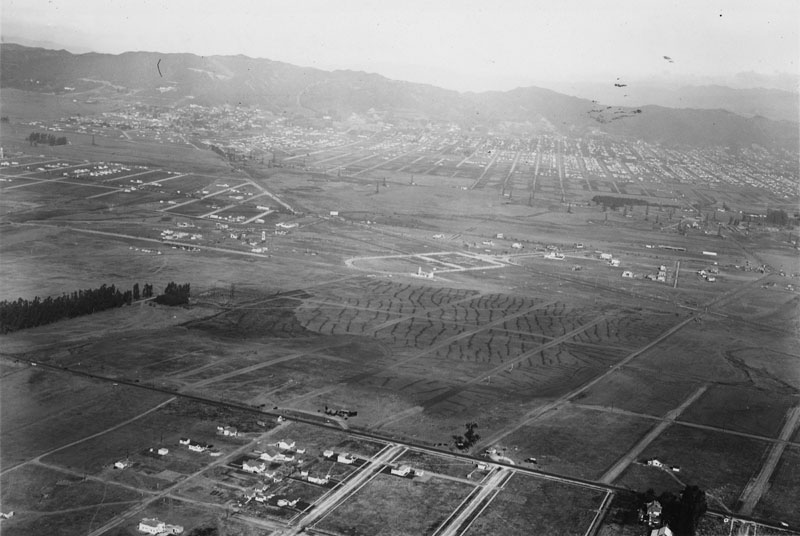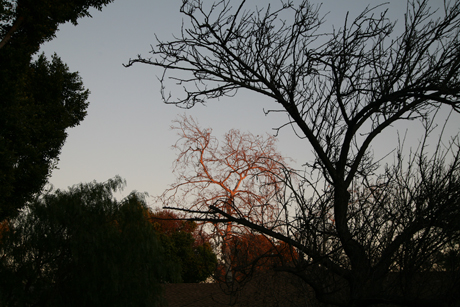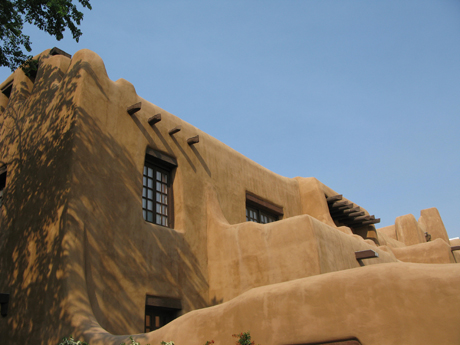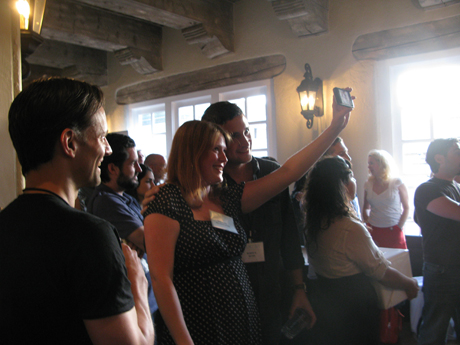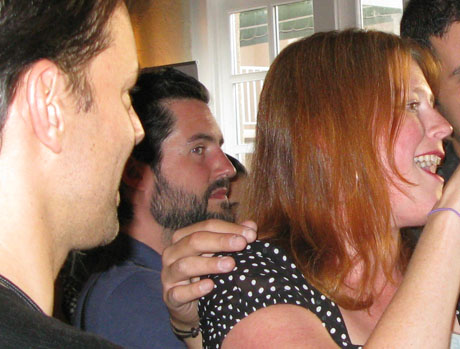
In the spring of 2016 I was invited along on a civic business trip to Washington D.C. Finding myself deeply dismayed by the profoundly unsettling dialogue engulfing the presidential election, I decided to make the trip with the intention of beginning artwork for a possible book project.

My curiosity as an American was coupled with a growing unease as a country built in the most beautiful language and lofty visions was immersed in denigrating the best president of my lifetime. While President Obama led the country out of seemingly insurmountable calamities with a dignity, intellectual vigor, commitment to diplomacy and respect for all the country’s people, the extremists raged. Leading a swath of America backward onto itself to wallow in its lowest traditions of prejudice, ignorance and obstruction, the Republican leadership barely masked a glaring desire for self-enrichment.


I had never been to Washington and given the effort the Obamas invested into increasing access to the government by its people, I couldn’t imagine a better time to visit. Through my invitation I had additional invaluable access: conferences and receptions at the House of Representatives and Senate office buildings; a private Congressional tour led by my Congressman’s staff; a tour of the White House as well as dinners in storied old buildings with people who hold high sway, elected and not, in my city. It was a privilege and I was hooked.
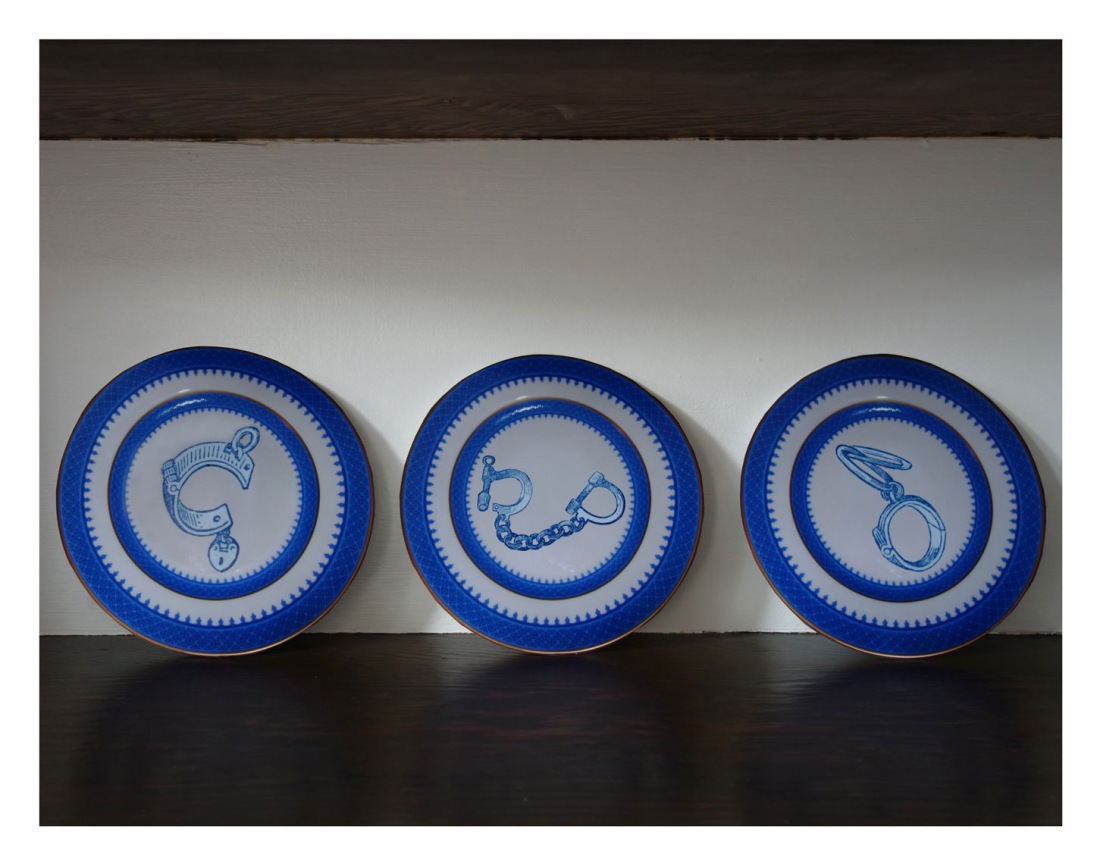

My interest was to explore the vision, architecture, language and idolatry of significant American figures in our early years – the lofty goals of our founders versus the harsh contradictions of slavery, slaughter of indigenous people and profiteering land grabs. I thought a lot about the elegance of thought and language and debate, which furthered the country’s laws and protections for lands and citizenry. I thought a lot about the caustic knee-jerk, childish rhetoric and gang-bang mentality sweeping through contemporary America. I did not expect by year’s end to be dealing with fascism and a thuggish plutocracy, aided and abetted by foreign intervention and a complicit, regressive government. What has ensued in this new regime is a disgrace on all counts.



Concurrent with exploring and making images for The Republic, my family began to delve more deeply into our own history, uncovering a lineage going back to the Mayflower, Jamestown and beyond. It looks as though I may descend from John Rolfe, who set sail in 1609 for America on the Sea Venture, a ship and it’s wreckage near Bermuda that informed Shakespeare’s The Tempest. Having located desirable strains of tobacco while rebuilding a sailable ship, Rolfe is credited with bringing the first commercial tobacco cultivation to Virginia. He is also known primarily for marrying the daughter of the Chief of the Powhatan Indians. Her name was Matoaka, but we know her as Pocahontas.


As intriguing as all that is, it came with the whiplash realization that my forefathers were directly complicit in the birth of the plantation culture in the South. I shouldn’t have been surprised, but when research led to several of my direct ancestors who owned slaves, I felt a shudder of responsibility I’d hoped to never feel. A lifetime of liberal politics and egalitarian beliefs did not prepare me to hit that wall.


In exploring my full ancestral lineage, the trail has led not just to the aforementioned historical figures but also to officers in the Revolutionary War, to soldiers in both the Union Army and the Confederacy, to the struggling and the well-heeled, pioneers, farmers, and women who died of influenza and in child-birth. My family’s evolving story coupled with a fascination kindled from the trip to Washington quickly developed into an obsession with image making, learning and thinking about The Republic.



How does one reconcile a heritage built both by Native Americans and the Colonists? Does one feel pride in the immense struggle it took to create such a complex and elegant governmental system while being mortified at the methodology employed for its success. Patriotism is a complex thing.


Before the election of 2016, I thought I might be at this project for years given the abundance of information I struggled to digest. At the time, I thought the election would go differently and I could focus my work on the founding first few hundred years. I thought I’d be able to stop short of the now, as a full United States history would be an unrealistic undertaking. But ignoring the now and all that went before it would be to turn a blind eye on all the good we’ve done and just as significantly, all the bad.


I realized early on that I needed to employ a variety of working methods to better serve the vast array of subject matter, even if those methods might typically be at odds with one another. Unlike a more common single narrative, The Republic is a massive story requiring a broad range of interpretations. Some work is environmental, some simple landscapes, environments and still life photographs. Other images are conceptual constructions. I began to make props so that I could photograph the objects and ideas that I wanted to see and convey. Those ideas punctuate a timeline threaded by more typical images that serve at least partly as establishing shots.



The Republic is an ongoing project, as much activism and self-education as art and personal historical exploration. As such, some images stand alone more profoundly than others and there are many gaps that I intend to fill over time. As an editor, the content is overwhelming. As a maker, I find the discovery of both information and ways of translating that information creatively, to be immensely challenging and ever intriguing.
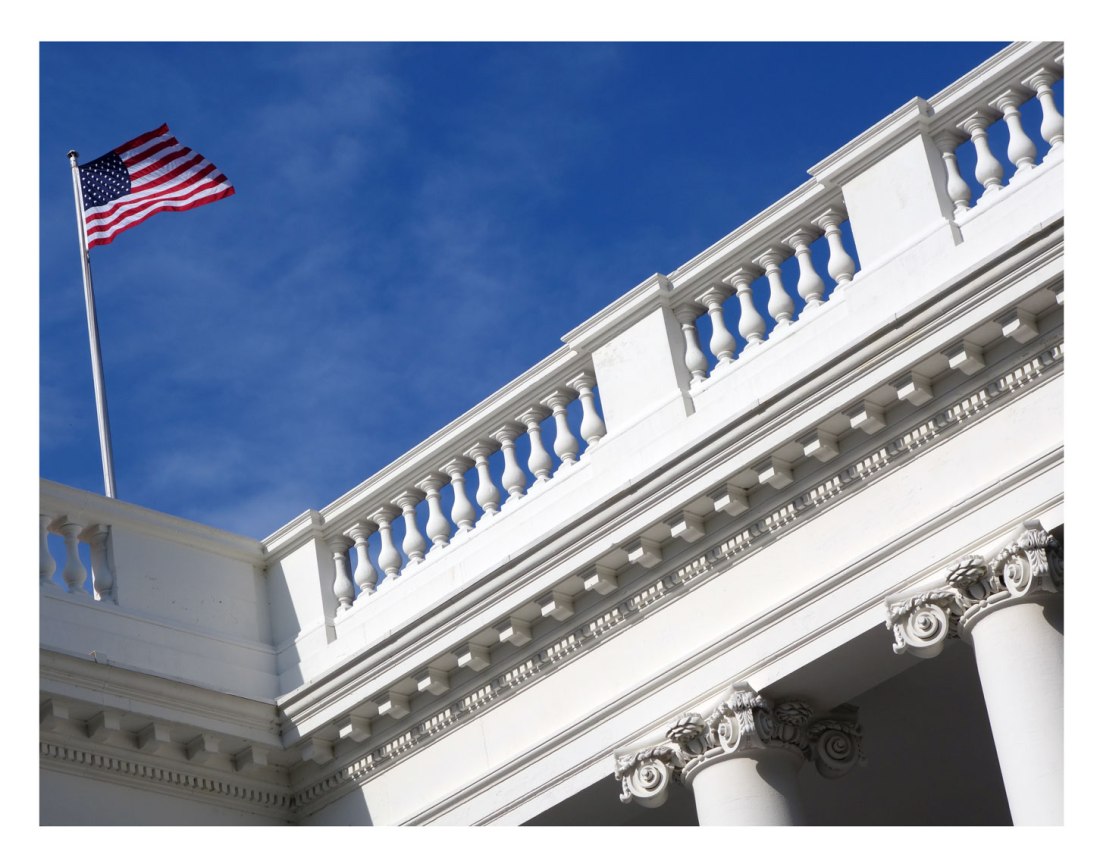
My country straddles a morality stuck between what many of us thought was a progressive future and the strong and persistent gravitational pull of an extremist past, intent on continuing to rear its ugly head. In creating works for The Republic I wrestle with all of it – a baptism by fire. We can’t get over it. We must go through it.
All rights reserved, c. Kathleen Clark, 2016-2017






